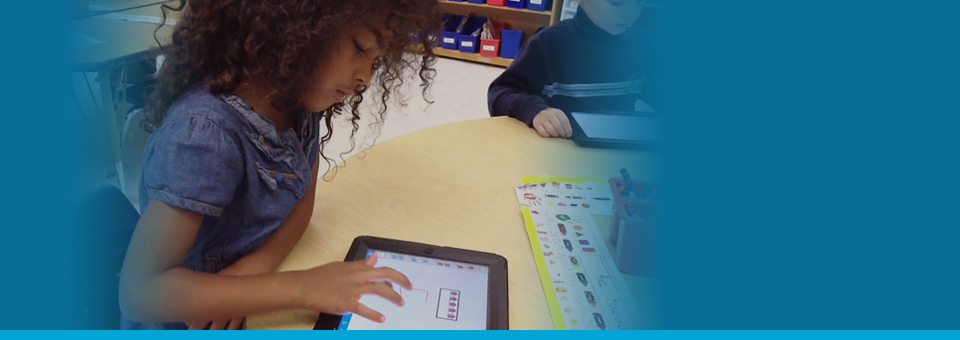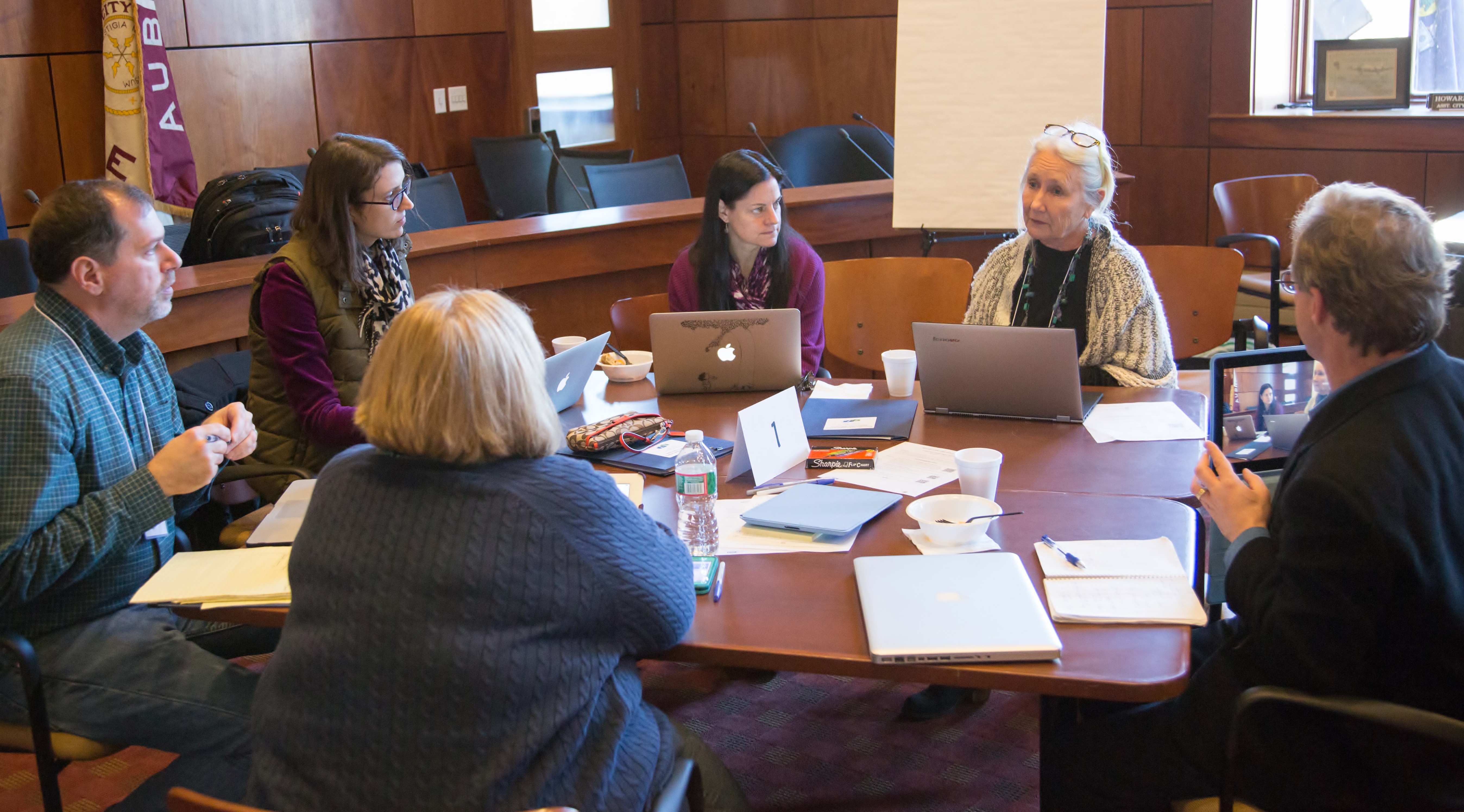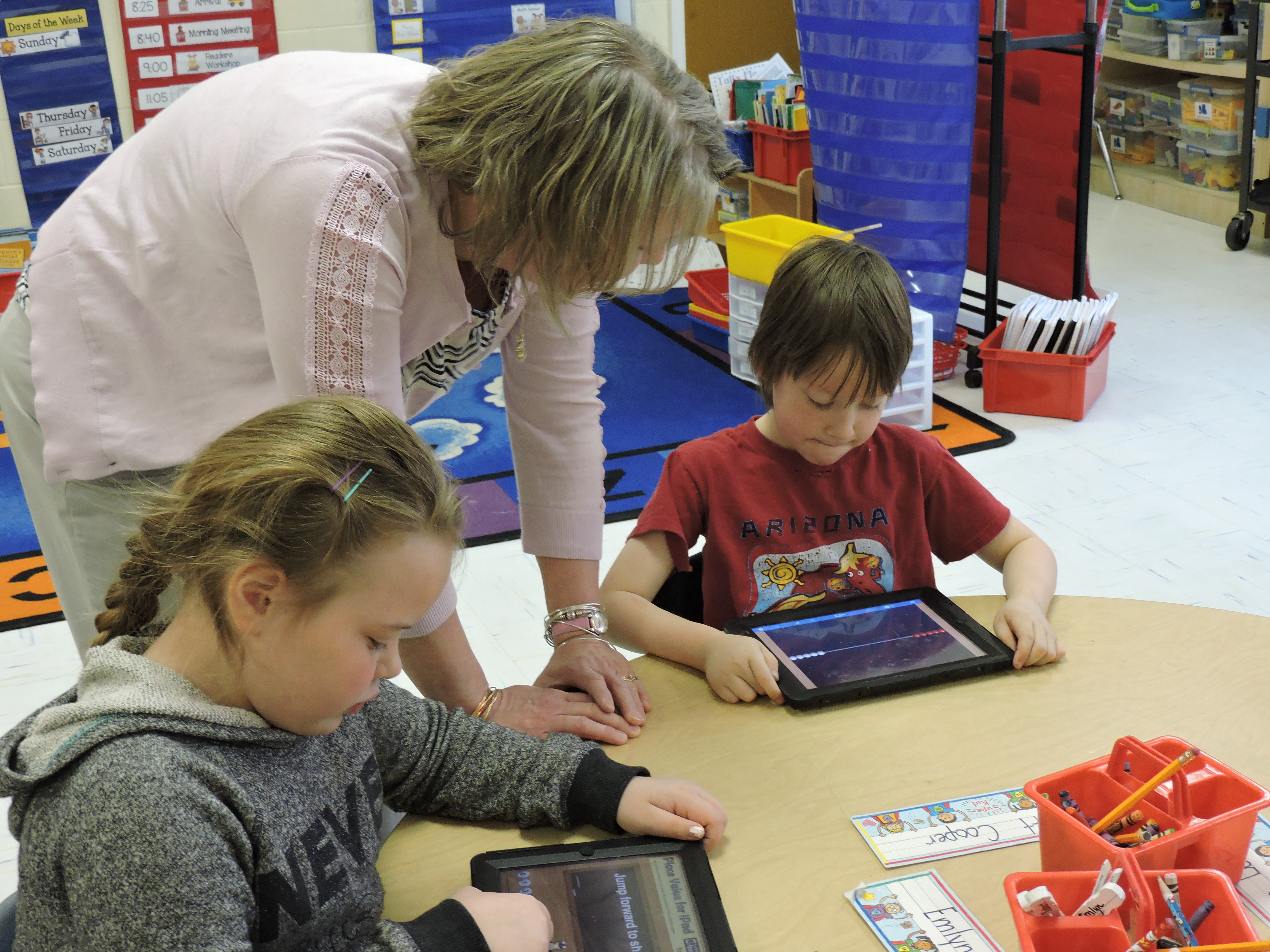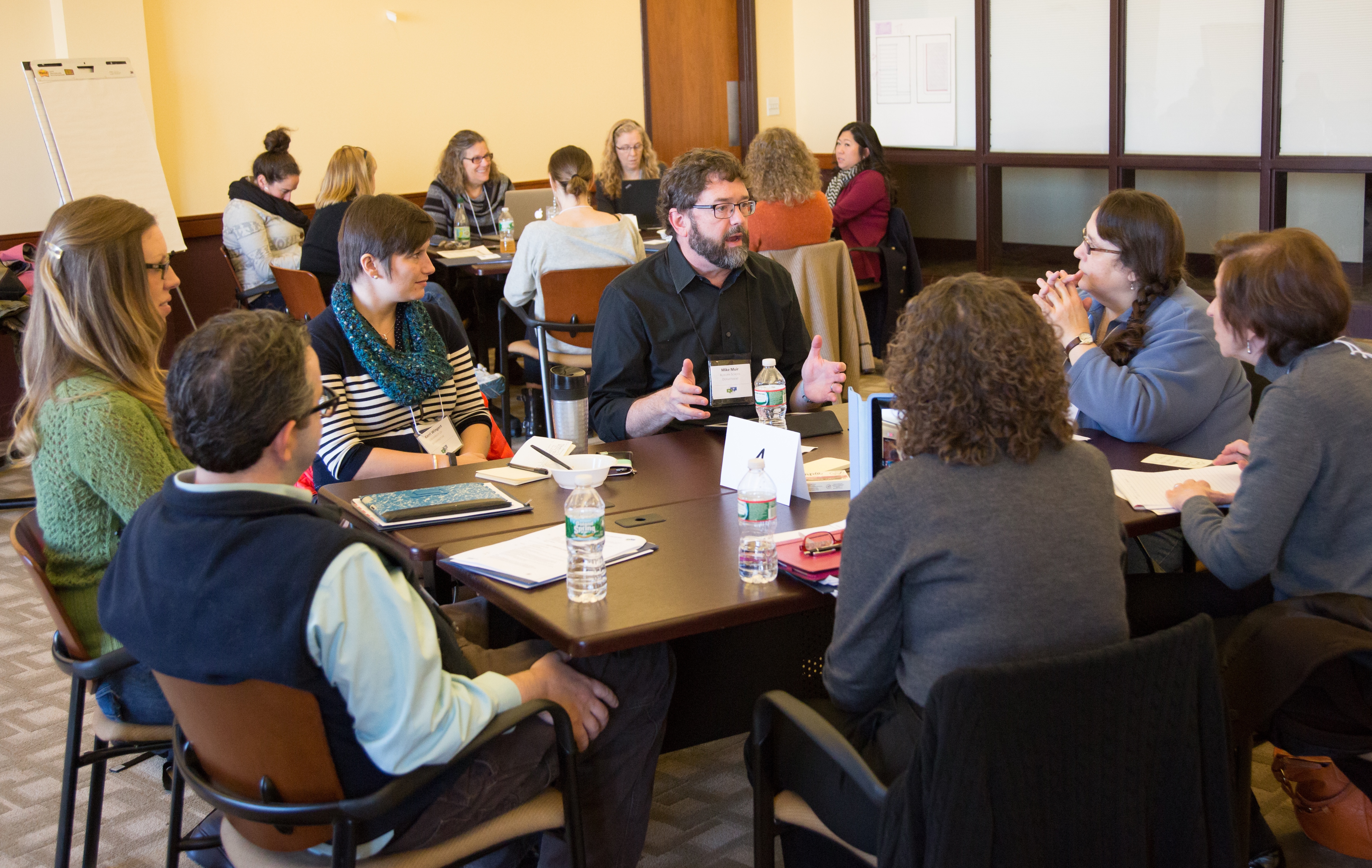Open Tasks
“A [mathematical] question is open when it is framed in such a way that a variety of responses or approaches are possible.”1
This collection of resources includes examples of open tasks that can promote high-level thinking, videos of early elementary children engaged in solving open tasks, and guidance for instruction using open tasks.
Stein and Lane2 emphasize “the importance of starting with high-level, cognitively complex tasks if the ultimate goal is to have students develop the capacity to think, reason, and problem solve…Tasks that ask students to perform a memorized procedure in a routine manner lead to one level of thinking; tasks that ask students to think conceptually lead to a very different set of thinking processes.” Hiebert and Wearne3 add that “…if students are challenged to explain the reasons for their responses or define their positions, they will engage in deeper reflective, integrative thought than if they are asked to recall facts or rules.”
Open-ended problems give us a window into students’ thinking because there are multiple answers and opportunities for all students.”
–Grade 2 teacher
While providing challenging tasks is necessary, it is not sufficient for promoting high-level thinking. Educators must also be purposeful and integrate a variety of research-based instructional strategies that promote deep mathematical engagement.
When integrating open tasks into your mathematics class, consider4:
- What are the mathematical goals for this lesson? What mathematics (e.g., in counting and cardinality, operations and algebraic thinking) does it build upon? What is an appropriate task?
- What is the context of the task (e.g., features of a problem’s real-life scenario), and key mathematical ideas that students need to be familiar with in order to engage in the task?
- What language do the students need to know for the task and discussion?
- How will you maintain the cognitive demand?
- What questions will you ask the students to support their mathematical reasoning? How will you support discourse among the students? (Read more about mathematical communication and sentence starters.)
- What tools will you provide to students that they can use when solving, documenting, and sharing approaches and solutions to mathematical problems? (Read more about strategic use of mobile technologies)
“When students are given some more open-ended questions that allow for multiple ways to get to a solution, I think that’s a huge thing… allowing students to draw on their own background knowledge of numbers, and number sense… we may come up with the same answer, we may all have taken a different route to get there, … I think it’s amazing for students to see ‘Oh, this student over here has the same answer, but they went this way,’ which reinforces for them, ‘Oh, right, so next time, maybe I’ll try that strategy, or maybe I can share my strategy with someone else, and support their work.’”
–School principal
1. Small, M. (2009). Good questions: Great ways to differentiate mathematics instruction. New York: Teachers College Press.↩
2. Smith, M. S., & Stein, M. K. (1998). Selecting and creating mathematical tasks: From research to practice. Mathematics teaching in the middle school, 3(5), 344-50.↩
3. Hiebert, J., & Wearne, D. (1993). Instructional tasks, classroom discourse, and students’ learning in second-grade arithmetic. American educational research journal, 30(2), 393-425.↩
4. Adapted from: Jackson, K. J., Shahan, E. C., Gibbons, L. K., & Cobb, P. A. (2012). Launching complex tasks. Mathematics Teaching in the Middle School, 18(1), 24-29.↩
Attending to Equity
The Research + Practice Collaboratory was funded by the National Science Foundation to study ways to bridge the gap between research and practice in science, technology, engineering, and mathematics (STEM) learning. Through its work, the Collaboratory aims to promote equity in STEM learning opportunities and outcomes.
The resources shared in this Collection highlight strategies that may provide more equal opportunities for students in early elementary grades to participate in rich mathematical learning experiences and to develop mathematical practices described in the Common Core State Standards.
Open tasks are framed in such a way that a variety of responses or approaches are possible, and therefore allow students at different stages of mathematical development and with different ways of thinking to access the problem. In addition, open tasks are authentic in nature, i.e., with uncertainties such as encountered in real life.
Watch the video above for more information.







